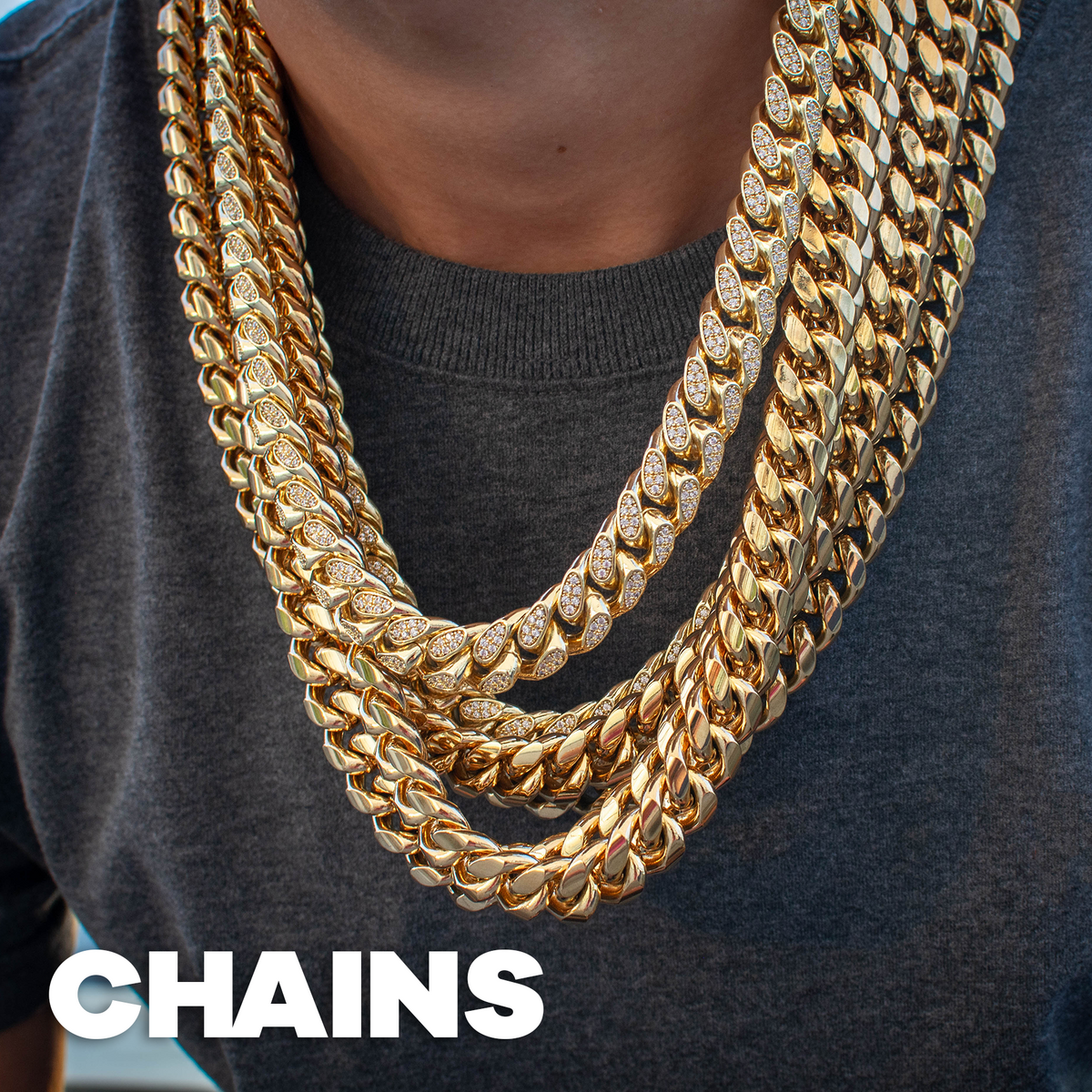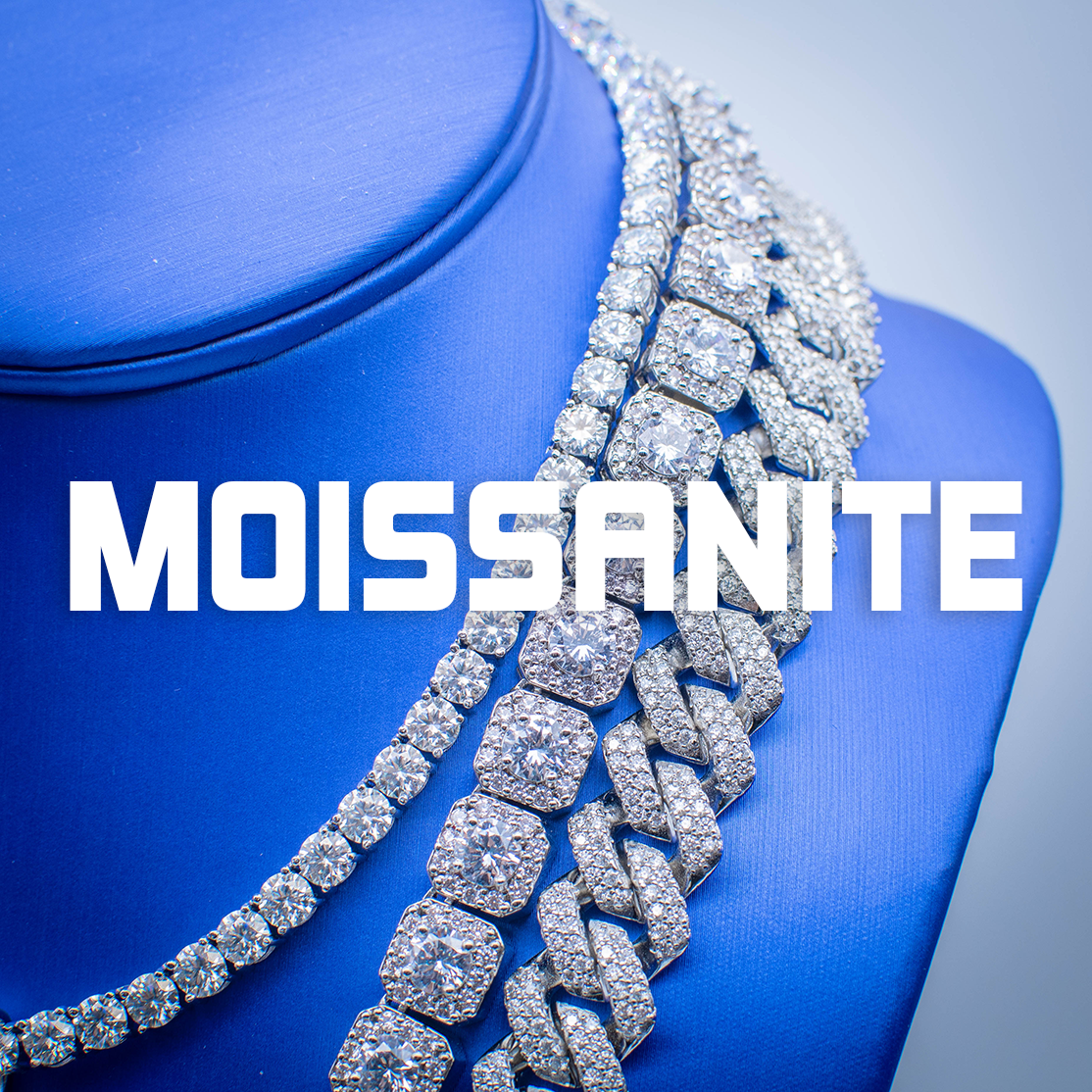
In the world of fine jewelry, the eternal debate between the upcoming and popular rise of moissanite and diamonds has intrigued many. Are moissanites diamonds? What sets them apart? In this next few minutes, we will unravel the mysteries behind these dazzling gems and explore the key differences that make each unique.
Moissanite: The Marvelous Alternative
1. Origins and Composition
Moissanite, a gemstone that sparkles with brilliance, is not a diamond. Discovered by Henri Moissan in 1893, it is composed of silicon carbide. This lab-created gemstone is renowned for its hardness, ranking just below diamonds on the Mohs scale.
2. Optical Properties
One of the defining features of moissanite is its exceptional fire, which refers to the play of colorful flashes when light interacts with the gem. Moissanite boasts a higher refractive index than diamonds, contributing to its fiery display. Additionally, moissanites exhibit a unique doubling effect under certain lighting conditions, setting them apart from diamonds.
3. Ethical and Cost Considerations
As an ethical and budget-friendly alternative, moissanites have gained popularity. Being lab-created, they avoid the ethical concerns associated with some diamond mining practices. Moreover, moissanites often come at a fraction of the cost of diamonds, making them an attractive option for those looking for beauty on a budget.
Diamonds: Timeless Elegance
1. Formation and Composition
Diamonds, the quintessential symbol of love and luxury, are formed deep within the Earth's mantle under intense pressure and heat. Composed of carbon atoms arranged in a crystal lattice structure, diamonds are the hardest known substance, scoring a perfect 10 on the Mohs scale.
2. Brilliance and Sparkle
The allure of diamonds lies in their unparalleled brilliance. With a slightly lower refractive index compared to moissanite, diamonds display a unique sparkle characterized by white light reflections. The classic, timeless appeal of diamonds has made them the preferred choice for engagement rings and other significant jewelry pieces.
3. Rarity and Symbolism
Diamonds are renowned for their rarity and have been cherished for centuries. Symbolizing strength, purity, and everlasting love, diamonds hold a special place in both history and popular culture. The scarcity of high-quality diamonds contributes to their intrinsic value and desirability.
Key Differences Summarized:
- Composition: Moissanite is composed of silicon carbide, while diamonds are formed from carbon atoms.
- Optical Properties: Moissanites have a higher refractive index, resulting in greater fire, and exhibit a doubling effect under certain lighting conditions.
- Ethics and Cost: Moissanites are a more ethical and cost-effective alternative, being lab-created and generally more affordable than diamonds.
- Brilliance: Diamonds exhibit a classic, white light sparkle, while moissanites dazzle with a fiery, colorful display.

FINAL VERDICT:
In the grand debate of moissanite vs. diamonds, both gems have their unique allure. Whether you lean towards the ethical and budget-friendly brilliance of moissanite or the timeless elegance and symbolism of diamonds, the choice ultimately depends on your preferences, values, and budget. Whichever gem captures your heart, rest assured that both moissanite and diamonds have the power to make any piece of jewelry truly extraordinary.




0 comments